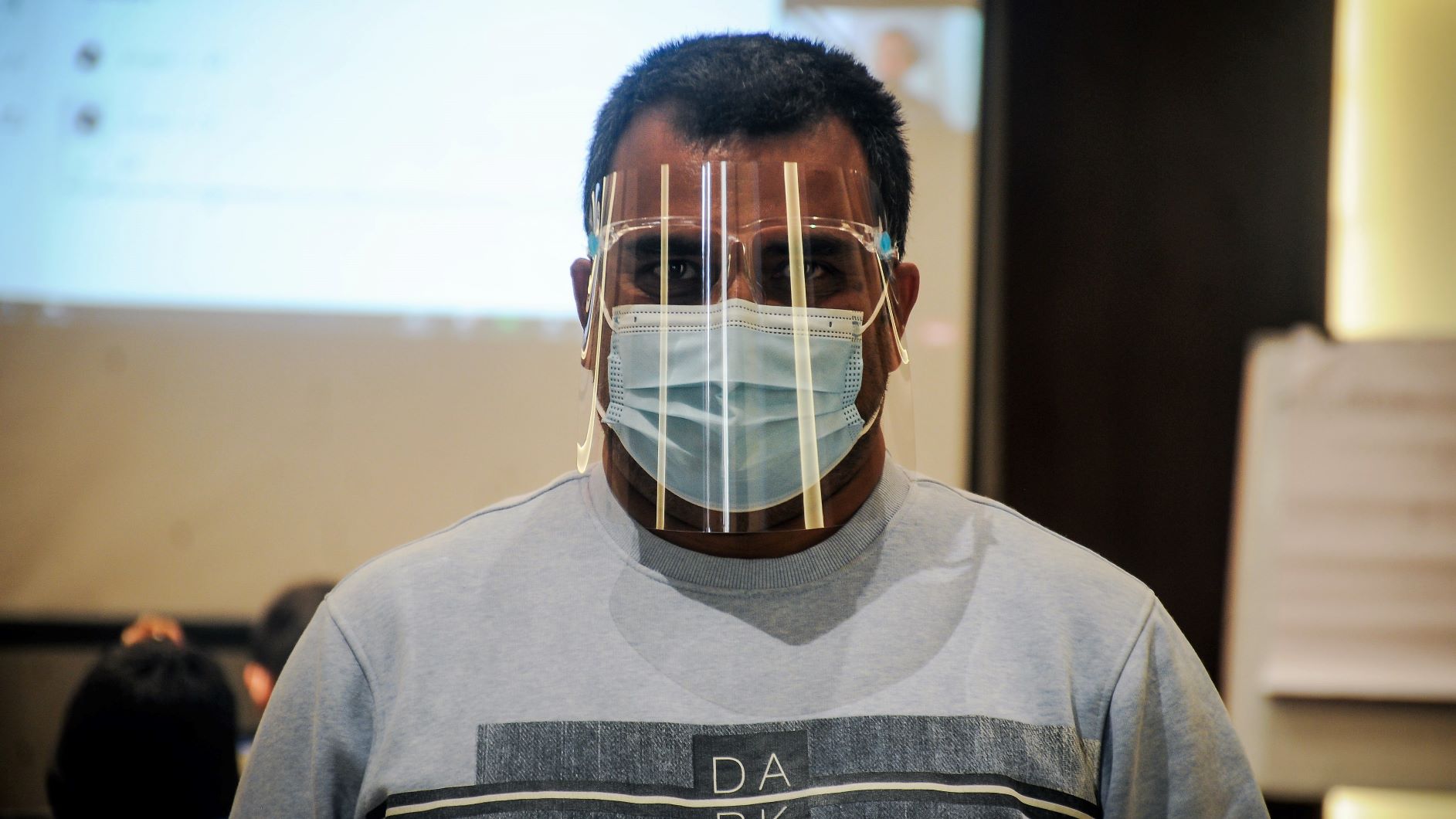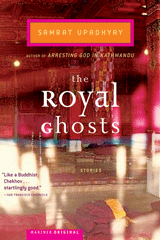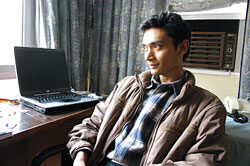(This is an article I wrote for another purpose a few months ago.)
Nepali blogosphere is an example of how a handful of people can use the internet easily to establish an alternative medium of information; and also how a political turmoil can foster the way for the citizens to emerge with their own media.
King Gyanendra’s assumption of power dismissing the four-party coalition government on February 1, 2005 and the press censorship afterwards would, no doubt, be remembered as a punch on democracy and freedom. But it was the event that changed the way Nepali citizens use the internet as an alternative medium.
Blogs were already a hottest thing in many parts of the world when two mainstream media journalists Dinesh Wagle and Ujjwal Acharya attempted to begin a regular blog on October 1, 2004. United We Blog! (www.blog.com.np) was named so to attract more journalists into blogging providing them with a forum to free their souls writing something that doesn’t make to the pages of the mainstream media. It started out of curiosity exemplified by the first entry written by Acharya:
Blogging is the hottest thing in the virtual world (despite many bloggers knowing that their blog won’t be read by many people). And how can people like us, me and Dinesh Wagle, can avoid this – thus we decide, on an untold agreement that at least each of us would read other’s, united we blog!
Soon half-a-dozen more journalists joined the fray writing occasionally about their daily routines, social issues, dating and similar issues. “In the beginning, I didn’t set any goal. It was just because I wanted to blog,” Wagle says. “After the Royal Takeover of Feb. 1 – or after the resumption of Internet services on Feb. 8 to be specific – we all started blogging about political situation in the country.”
Immediately after Feb 8, it wasn’t easier for the bloggers to write on political issues. They were on dilemma on what to write. “We all agreed that without political entries our blog is not going to be read,” Acharya says. “Thus we decided to go on a soft way without criticizing the Royal Move or the King at the beginning and just reporting events and incidents as we see them.”
The bloggers published pictures of anti-monarch rallies, wrote about the rallies and escaped the government’s eyes somehow. “As we went on writing, we became open,” Wagle adds.
Blogging political matters or rather writing freely on what the bloggers heard or saw around themselves at the time when the mainstream media were tightly gripped under censorship gave United We Blog! a widespread popularity. Many foreign media covered the blog featuring interviews with the founders and hailed the Nepali blogs as the heralds of free expression.
Radio Free Nepal (http://freenepal.blogspot.com), a blog by anonymous journalists, began on February 8. Its earlier entry were the pieces of diary written by a journalist immediately after the Royal. It accounted what he (or she) heard and felt during the time when there was no communication in the. Openly writing bloggers of United We Blog! and anonymous bloggers of Radio Free Nepal attracted the world and they were covered by numerous media – including wire services like Reuters, newspapers and blogs.
The blogs attracted Nepalis living abroad and became a vibrant place of heated discussions on the issues of democracy, freedom and the King’s move.
Another popular anonymous blog, NepalNow (http://nepalnow.blogspot.com) by Blogdai is often erratic and radical but nevertheless has attracted attention of many. It began on December 31, 2005.
Inspired by the success of United We Blog!, Umesh Shrestha, another journalist ventured to begin ‘the world’s first blog in Nepali language’ MeroSansar, (www.merosansar.com.np) on April 6, 2005. Although in his first entry he said he won’t be blogging on political issues, he soon began writing on political issues.
“I wasn’t interested much on political issues earlier. But after I started blogging, I have been turned a close watcher of political events,” Shrestha who was at desk of a television network when he started blogging says. Same may be true to Wagle, an entertainment reporter with Kantipur daily, and Acharya, a sports reporter with The Kathmandu Post.
Inspired by these blogs, many other Nepalis, in and outside the countries, have started blogs. United We Blog! popularized the concept of blogging while MeroSansar showed blogs could go Nepali attracting many Nepali writing bloggers.
Today, Nepali blogosphere is more relied on Nepali language than English, with a sizable number of bloggers living abroad writing blogs regularly. United We Blog! too had began NepalBlogs.com for the Nepali language blogs. There are more than two dozens regular blogs run by Nepali and they have become a popular hangout of people to read, write and discuss the issues.
Nepali bloggers still believe they write for satisfaction. “We began blogging for satisfaction, but the country’s event changed our aim – now we blog for democracy and freedom,” Acharya said. Shrestha and other bloggers share the same feelings.
Though Nepali blogoshpere has been established, the number of blogs is quite a few and the blogs more focused on disseminating news from Nepal rather than views and personal feelings. The other problem Nepali bloggers are facing is there stories of the bloggers go unheard by.
Almost all Nepali bloggers have the same agenda of democracy and freedom, but once they are restored, they will face a stiff challenge for maintaining the popularity and writing on other issues. The bloggers are turning to podcasting and vlogging with Shrestha already pioneering both. “My future plan includes more use of audio and video blogs,” Shrestha says.
The Nepali blogosphere is yet to became a force and go into the general mass as an alternative media but the steps have already been taken towards. From the non-existent state, it has come to a state where at least a good number of people who knows blogs and how it works and crated an open forum of discussion on many political and social issues. This is certainly the first step towards establishing blogs as the alternative medium of information (and a form of citizen media), but no doubt there are still a long way for the Nepali blogosphere to grip the population under its arm.

 That was my first thought after reading more than half of
That was my first thought after reading more than half of 



